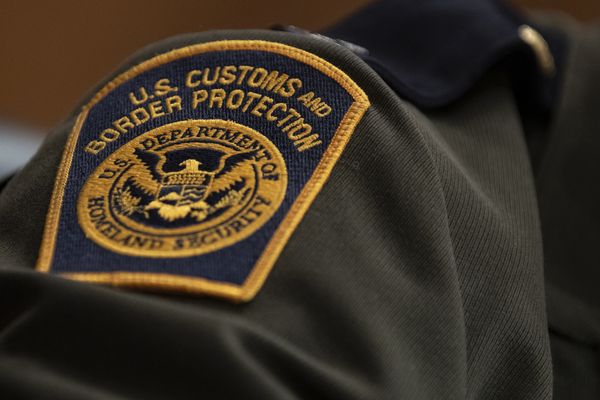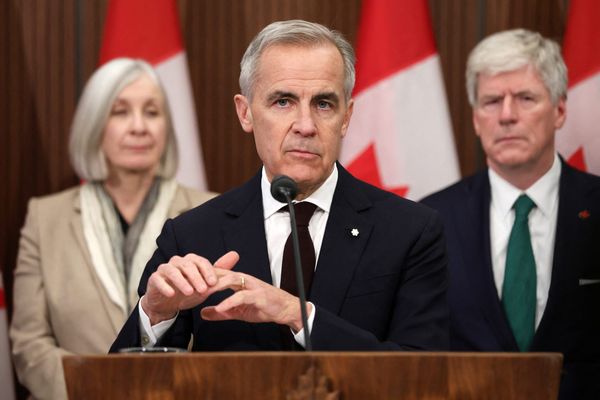
Walk into any supermarket and it’s hard to miss the change. The carts are bigger, the aisles wider, and yet the packages on the shelves seem smaller than they used to be. This shift isn’t random—it’s part of a larger pattern shaping how we shop and what we spend. The tension between larger carts and shrinking packaging reveals a lot about modern grocery economics. Understanding it can help shoppers make smarter choices and stretch their budgets further. The story behind these changes says as much about marketing as it does about inflation and consumer psychology.
1. Bigger Carts Mean Bigger Sales
Retailers learned long ago that cart size influences how much we buy. A larger cart subtly encourages shoppers to fill more space. It doesn’t feel full until it looks full, and that visual cue prompts spending to increase. When stores introduced oversized carts, average purchase totals rose almost immediately. The psychology is simple: a half-empty cart feels like a missed opportunity.
This tactic works especially well when paired with smaller packaging. Consumers might toss in two boxes instead of one if each looks modest in size. It’s a quiet way to grow sales without raising prices outright. The result is a store layout designed to keep shoppers moving, loading, and spending. Store design influences purchasing behavior, and cart dimensions are a key component of that design language.
2. Shrinkflation Hides Price Increases
The primary force behind shrinking packages is something called shrinkflation. Brands reduce package sizes while keeping prices steady, effectively raising the cost per ounce or per serving. It’s a tactic that thrives when consumers are distracted or pressed for time. Shoppers often glance at price tags, not net weight, so the change slips by unnoticed.
Shrinkflation has been creeping into nearly every grocery aisle—cereal boxes, chips, detergent, even toilet paper. By trimming a few ounces or sheets, companies save millions while maintaining the illusion of stability. For households, that means products run out faster, and replacement trips happen sooner. Over time, the impact on budgets adds up. The irony is that while packaging shrinks, the cart space grows, creating a mismatch between what we buy and what we think we’re buying.
3. Supply Chain Costs Drive Subtle Adjustments
Behind the scenes, rising transportation and production costs make it expensive to ship heavy or bulky products. Smaller packages weigh less, take up less space on pallets, and reduce shipping costs per unit. Manufacturers pass those savings on to themselves, not necessarily the shopper. The shift isn’t always about deception—it’s often survival in a market with razor-thin margins.
When fuel prices spike or raw materials cost more, packaging becomes an easy lever to pull. Instead of hiking sticker prices, companies adjust volume or weight. It’s less likely to trigger buyer resistance, even though the math says otherwise. That’s how shrinkflation quietly reshapes the grocery landscape. It allows brands to manage costs while keeping shelves looking full and prices familiar.
4. Marketing Loves the Contrast
Large carts create a sense of abundance. They make the shopping experience feel expansive and generous. Smaller packages, meanwhile, create opportunities for eye-catching design, new flavors, and “convenient” single-serve options. Together, they play into modern shopping habits—more variety, more frequent purchases, and more impulse buys.
Packaging teams have become experts at masking reductions. Rounded corners, taller boxes, and thicker plastic all create the illusion of more. The shopper’s eye measures height and width, not ounces. When these smaller packages land in a large cart, the scale difference exaggerates the effect. You may feel like you’re stocking up when you’re actually buying less. The marketing strategy works because it aligns with the physical environment of the store.
5. Inflation’s Quiet Partner
Inflation gets the headlines, but shrinkflation does the subtle work. It allows brands to raise effective prices without changing the number on the shelf tag. The consumer feels the difference only after a few shopping trips, when products run out faster or meals stretch thinner. The big cart, in this context, acts like a stage—making smaller goods look plentiful and shielding the true impact of inflation.
The pattern isn’t new, but it’s accelerating. As living costs rise, brands are balancing between keeping customers and maintaining profits. Shrinkflation, paired with larger carts, helps them do both. The trick is psychological: it keeps the shopping experience positive while quietly adjusting the math underneath. For anyone watching their grocery budget, understanding this dynamic is the first step toward resisting it.
6. What Shoppers Can Do
Awareness is the most powerful counter to shrinkflation. Compare unit prices, not just sticker prices. Pay attention to net weights and serving sizes. Don’t assume a familiar package holds the same amount as last year. Smaller packages can make you shop more often, which is exactly what retailers want. The solution isn’t to boycott or blame—it’s to shop deliberately.
Some consumers are turning to warehouse clubs, refill stores, or local markets for better value. Others use digital tools like grocery price trackers or coupon databases to monitor real changes in cost. The more informed you are, the less likely you’ll be swayed by clever packaging or cart design.
The Hidden Balance Between Space and Value
The widening gap between cart size and package size reflects a tug-of-war between perception and reality. Retailers want spacious carts that invite more purchases, while manufacturers quietly reduce what’s inside each box or bag. Together, they shape a shopping experience that feels abundant but delivers less. Shrinkflation is the quiet partner in this equation, making it harder to track real value without careful attention.
Next time you shop, notice how quickly that big cart fills up and how light it feels when you unload it at home. The balance between space, price, and quantity tells a story about modern retail—and about how much effort it now takes to stay one step ahead of the game. What changes have you noticed in your own grocery trips?
What to Read Next…
- Grocery Shrinkflation Decoded You’re Not Buying What You Think
- These 5 Name Brands Are Quietly Shrinking Their Sizes But Charging You More
- 8 Costco Essentials That Got Smaller But More Expensive
- The Bag Half Full And Other Packaging Tricks Chip Manufacturers Use
- Why Some Store Bought Cheeses Are Treated With Mold Inhibitors Banned In Other Countries
The post The Real Reason Cart Sizes Are Growing While Packages Are Shrinking appeared first on Grocery Coupon Guide.







